The US Economy and Solar
At an average of 33% growth per year over the last decade, solar in the US is an established industry that brings jobs, sustainability, and resilience to our aging energy infrastructure.
In this blog, we’ll share the impact solar has on the US economy and what future plans there are t
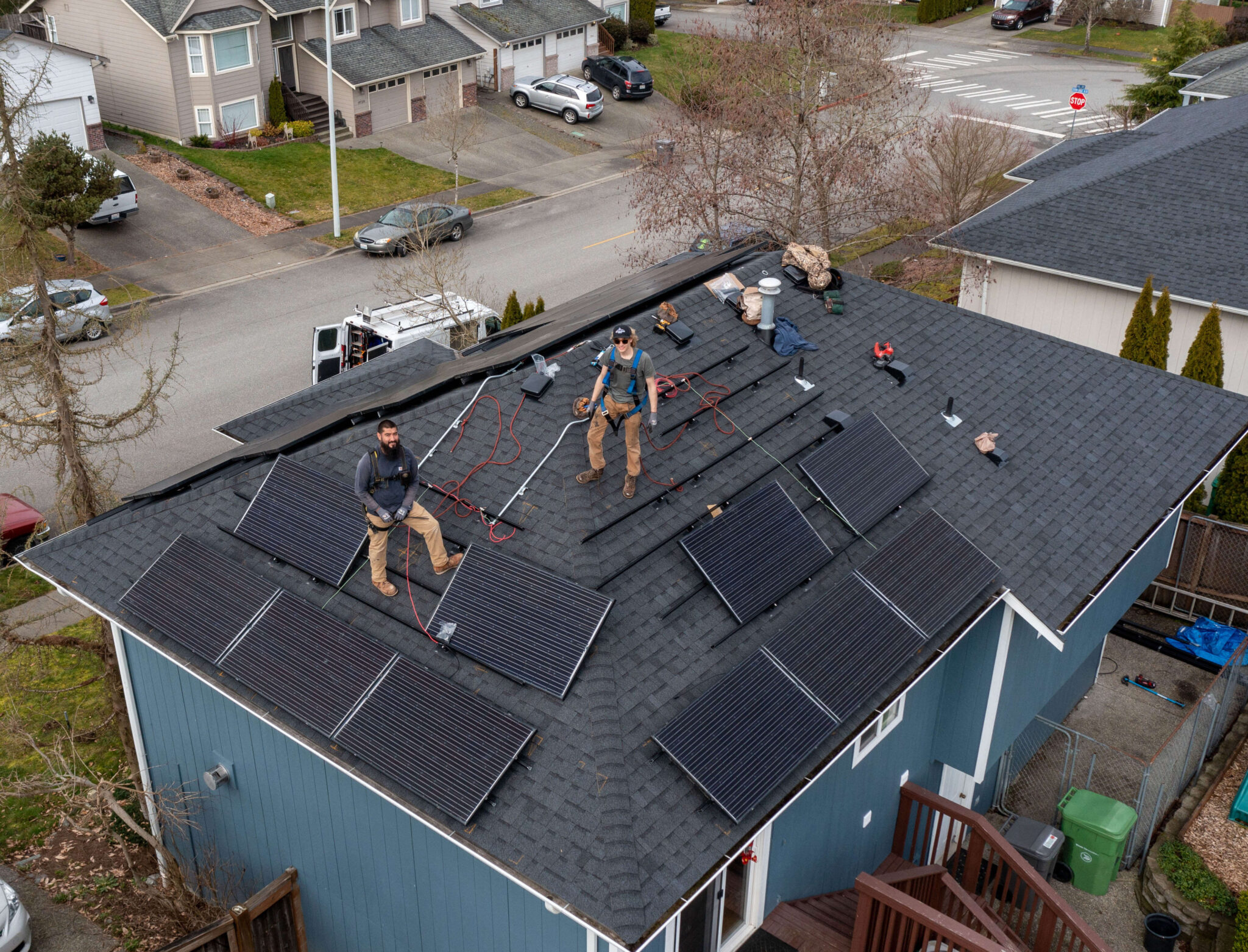
Jobs
According to the National Solar Job Census 2020 released by the Solar Energy Industries Association (SEIA), the US employed 231,474 workers. The solar industry has observed strides in representation, employees identifying as “female” account for 30% of the workforce. Since 2015, the increase in worker representation is 39% for women, 92% for Hispanic and Latino workers, 18% for Asian American and Pacific Island workers, and 73% for Black or African American workers.
The Energy Mix of the US
In 2020, renewable energy accounted for 12% of total energy consumed. Of the 12% of renewables, solar only provided 11% of the power, with Wind and Hydroelectric providing over 20% each. For end-use sectors, residential has only 7% of its energy supplied by renewables. In Washington state, only 0.30% of the energy mix came from solar, with Hydroelectric constituting over half of the energy generation at 54.77%
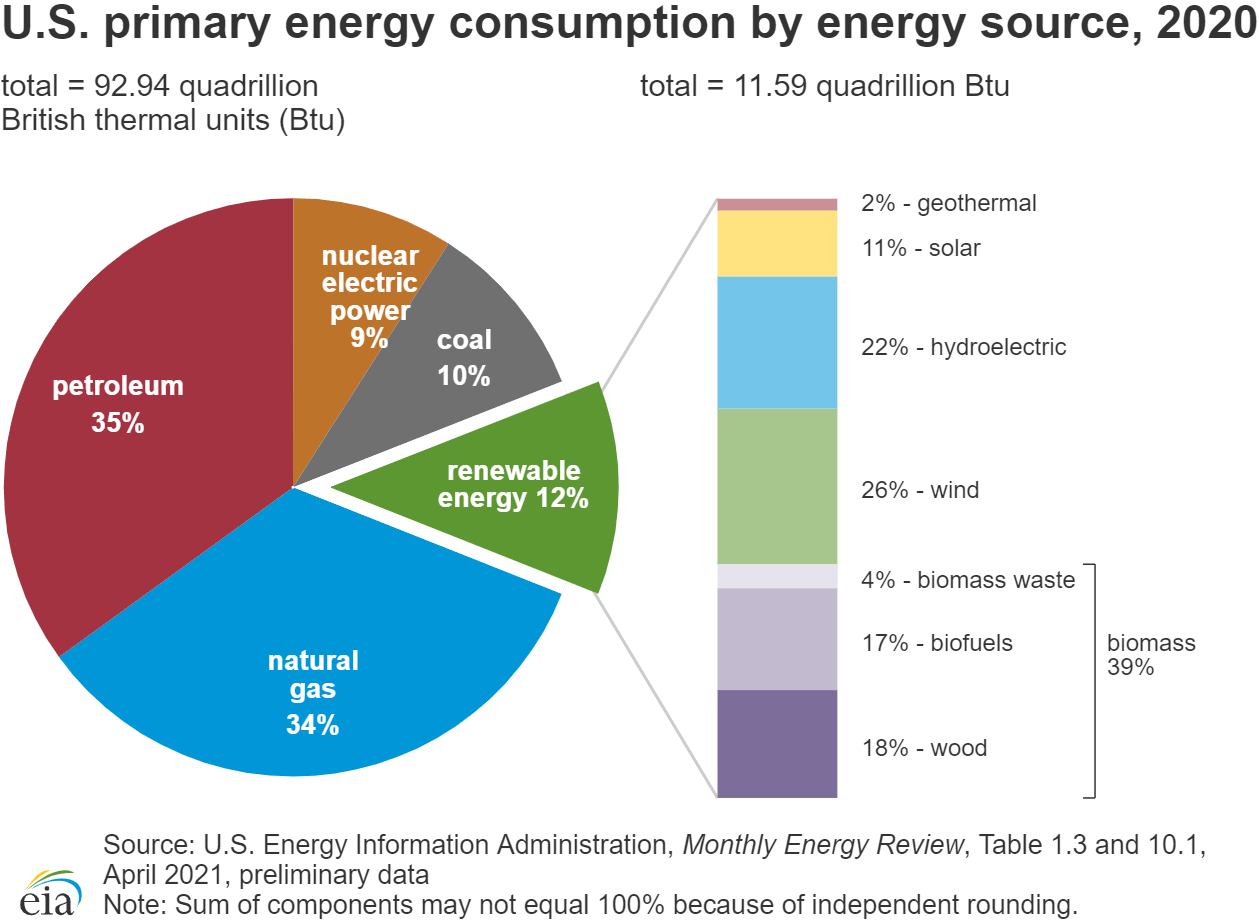
Incentives for Solar in Washington
Homeowners and Businesses can use the Federal Investment Tax Credit (ITC) and Washington’s No Sales Tax on solar PV systems, the current significant incentives that Homeowners and Businesses can use to save money when going solar. The sales tax exemption for solar energy systems in Washington is available through 2029 and applies to the whole system cost, machinery, equipment, and installation of the solar PV system.
In December 2020, the ITC saw an extension until 2023 to remain at 26% rather than phasing down in 2021 to 22%. Going solar this year means that next year you can credit 26% of your total system cost, a dollar-for-dollar reduction on taxes you would otherwise owe.
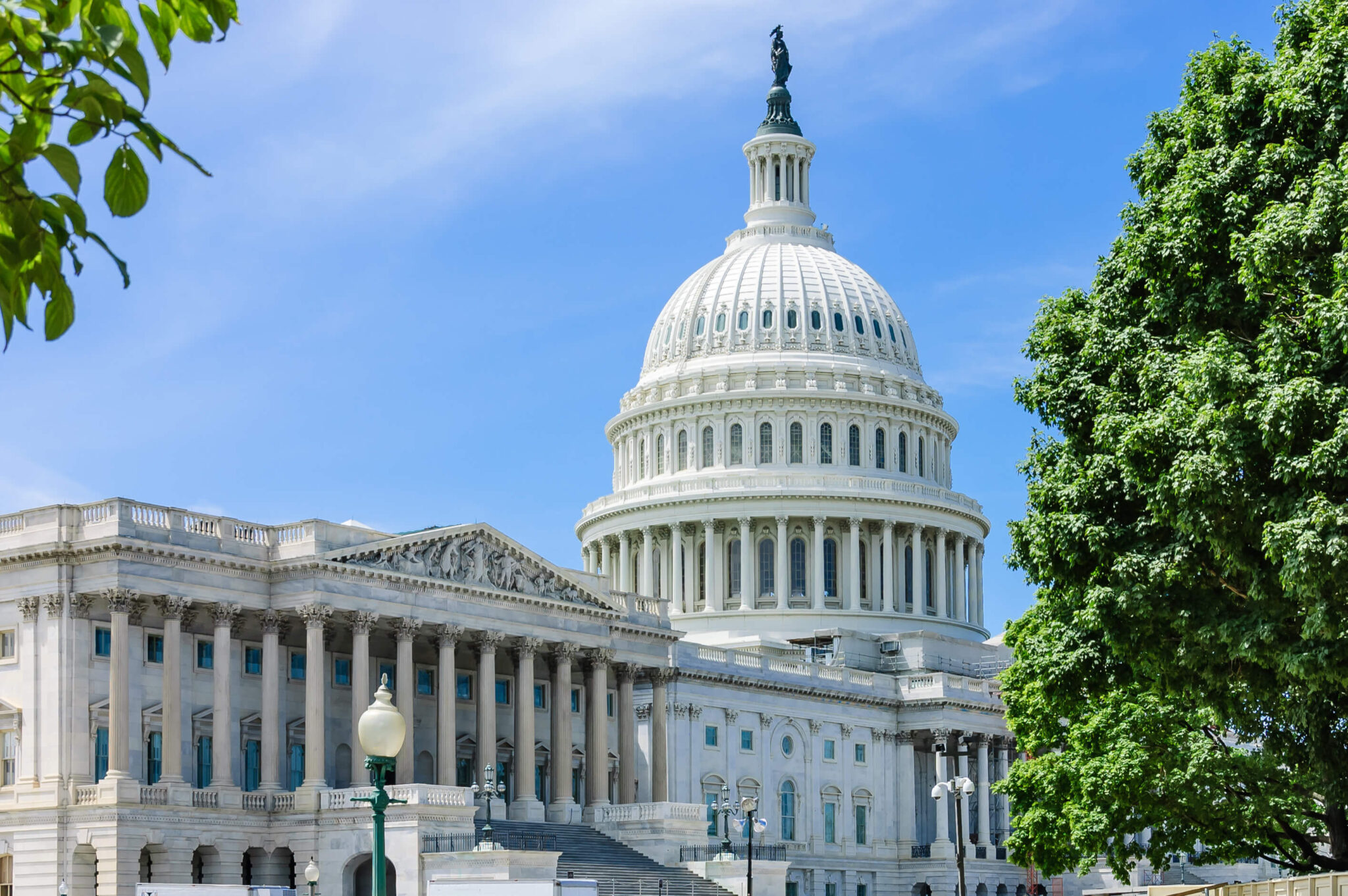
Legislation helping Solar
Finally, the Build Back Better Act has major energy provisions with $320 billion in clean energy and EV tax credits. It aims to assist in cutting emissions by 50% by 2030. Washington Representative and Congressional Progressive Caucus chair Pramila Jayapal is calling for executive action, given the opposition to the bill. Significant investment at the Federal level in energy and EV will bolster an already burgeoning industry that outpaces fossil fuels in job creation.
Moratorium on the tariff and Defense Production Act for Solar
Earlier this year, President Biden set a tariff on solar panels imported from SE Asia nations of Cambodia, Malaysia, Thailand, and Vietnam. On June 6th, the White House announced that the same tariffs would be on hold for 24 months. At the same time, President Biden invoked the Defense Production Act to promote US manufacturing across all aspects of the solar industry. It aims to alleviate dependence on imported equipment for solar projects and raise its manufacturing capacity to 22.5 GW by 2024.
Future of Solar in the US
Since the pandemic in 2020, supply chains worldwide and spanning all industries have experienced issues that make it more complicated and more expensive to get the things we need. Solar is no exception; continuous delays in panel deliveries complicate installation timelines and slow down the deployment rate.
Manufacturing
Manufacturing solar panels and solar PV equipment in the US would help alleviate these issues. Unfortunately, on February 22nd of this year, LG decided to shut down its solar panel assembly plant in Alabama. A step in the wrong direction but at least there are still US solar panel manufacturers we can support, and at NWES, we do! Solaria panels are manufactured in Fremont, California, and are our premium choice for solar panels in the Pacific Northwest!
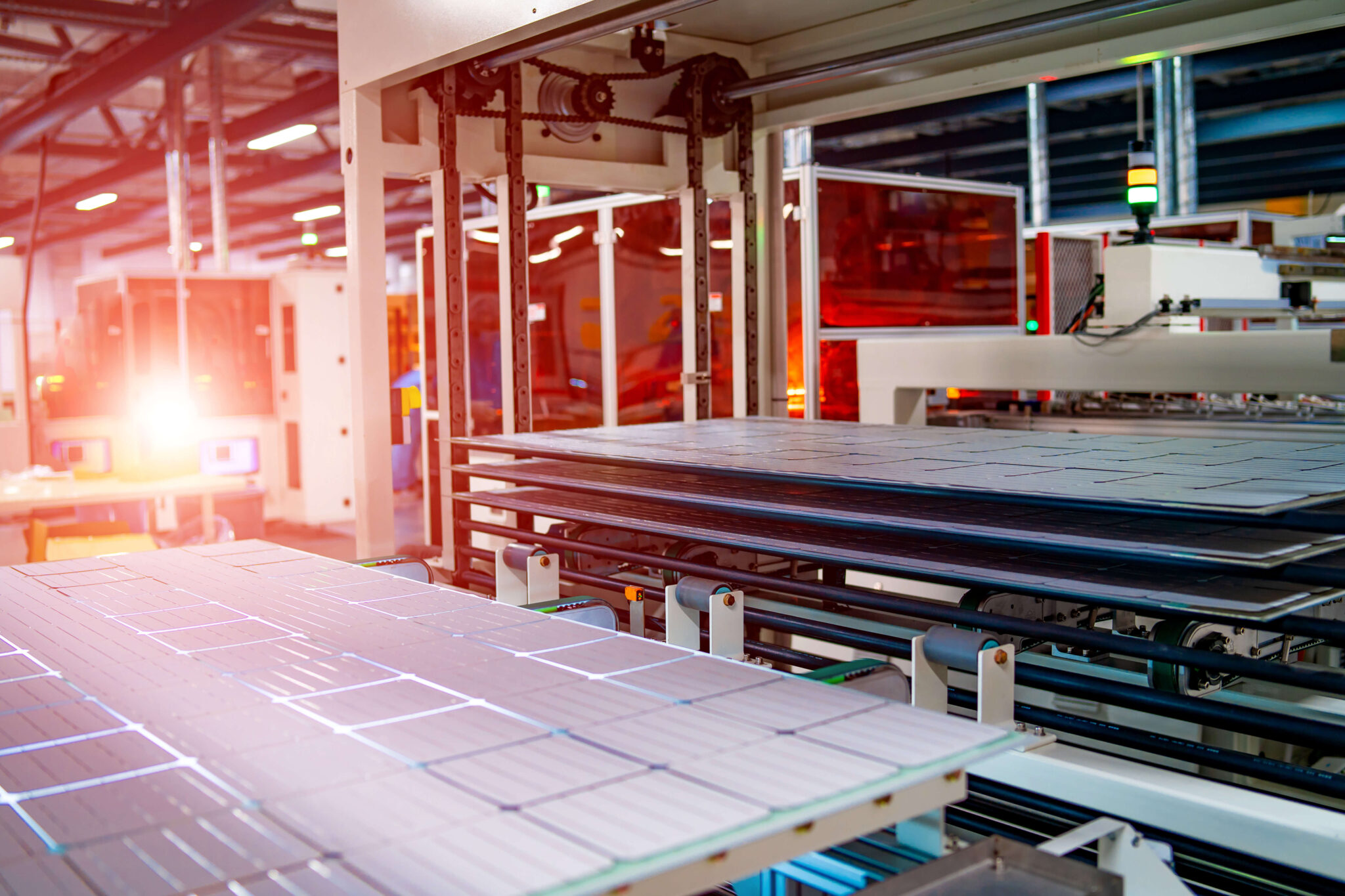
Renewable Energy Resources
Resources for the growing share of EVs and battery backup systems that pair well with solar require many resources. Materials such as Lithium, Nickel, Cobalt, Gold, Copper, Silver, and much more are at risk of being harder to find and costly to mine. Recycling facilities like Redwood Materials are closing the US loop on these resources by recycling eWaste that otherwise would go to a landfill. Check out their road map on their website or read our blog by clicking below!
National Electric Vehicle Infrastructure
President Biden announced last week that the US Department of Transportation and Department of Energy is investing $5 Billion into the National Electric Vehicle Infrastructure (NEVI). This is essential to making EV charging sites accessible to all Americans nationwide. Also, a competitive grant coming later this year will provide more means to EV charging access to underserved and rural communities.

Funding a new infrastucture
For 2022, the NEVI program has $615 million of available funding for states this year. Each State must submit an EV Infrastructure Deployment Plan to the new Joint Office of Energy and Transportation to access these funds. The submittals require plans following Federal Highway Administration guidance, emphasizing the need to provide Americans with convenient charging locations across interstates and major highways. Currently, Washington State has a $10,489,110 allocation for 2022.
Energy and EV Infrastructure
EV charging infrastructure and renewable energy go hand in hand as the EV charging network plans to span the nation. Building out a traditional electricity grid to power the chargers is an outdated methodology. Renewable energy and its decentralized ability to generate electricity make pairing EV charging stations across rural and remote areas the best and most sustainable solution.
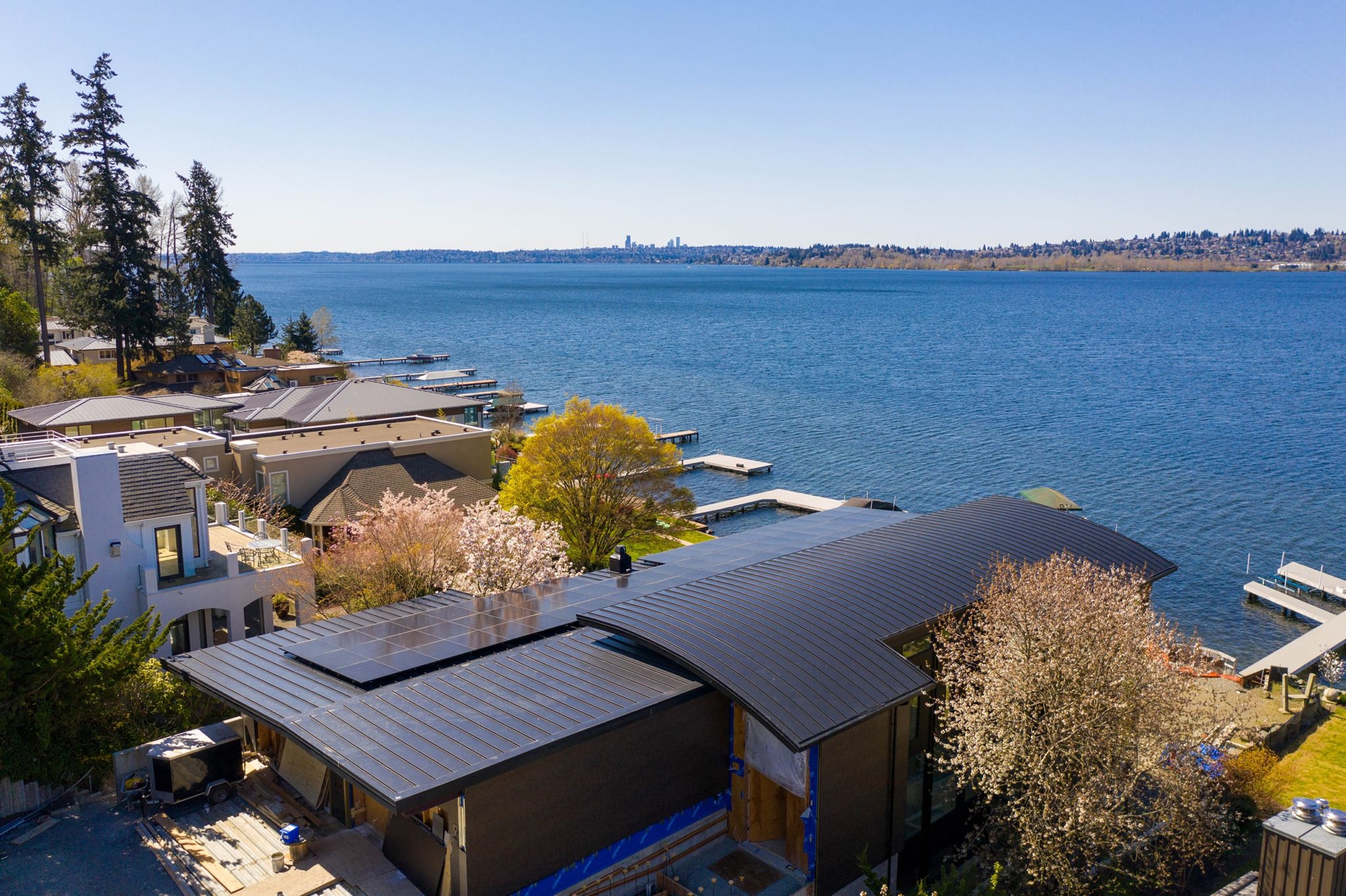
A workforce for the future
Solar Energy International (SEI) is a non-profit organization that plans to train 275,000 people around the globe on solar. They just celebrated 30 years of training in March and want to spend the following 30 years playing as significant a role as possible in training the 12 million Solar Workers to achieve the 43% Solar Electricity Production needed by 2050 to meet the global sustainability goals.
Join the Energy Revolution
Now is the time to join the Solar Industry as our government and society transition to best support the energy revolution that is occurring today! We always seek qualified and keen candidates to join the NWES team. Apply through our career form below!
For those who have already gone solar, we thank you so much for doing your part! With the continued deployment of solar energy throughout our communities, we can clean up our grid, invest in local contractors and support the growing solar industry in the US!


